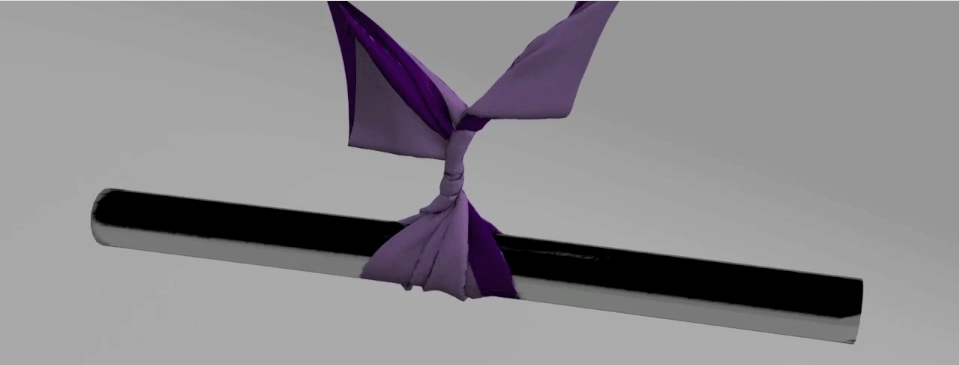Abstract

We extend the Asynchronous Contact Mechanics algorithm [Harmon et al. 2009] and improve its performance by two orders of magnitude, using only optimizations that do not compromise ACM’s three guarantees of safety, progress, and correctness. The key to this speedup is replacing ACM’s timid, forward-looking mechanism for detecting collisions—locating and rescheduling separating plane kinetic data structures—with an optimistic speculative method inspired by Mirtich’s rigid body Time Warp algorithm [2000]. Time warp allows us to perform collision detection over a window of time containing many of ACM’s asynchronous trajectory changes; in this way, we cull away large intervals as being collision free. Moreover, by replacing force processing intermingled with KDS rescheduling by windows of pure processing followed by collision detection, we transform an algorithm that is very difficult to parallelize into one that is embarrassingly parallel.
Copyright Notice
The documents contained in these directories are included by the contributing authors as a means to ensure timely dissemination of scholarly and technical work on a non-commercial basis. Copyright and all rights therein are maintained by the authors or by other copyright holders, notwithstanding that they have offered their works here electronically. It is understood that all persons copying this information will adhere to the terms and constraints invoked by each author’s copyright. These works may not be reposted without the explicit permission of the copyright holder.